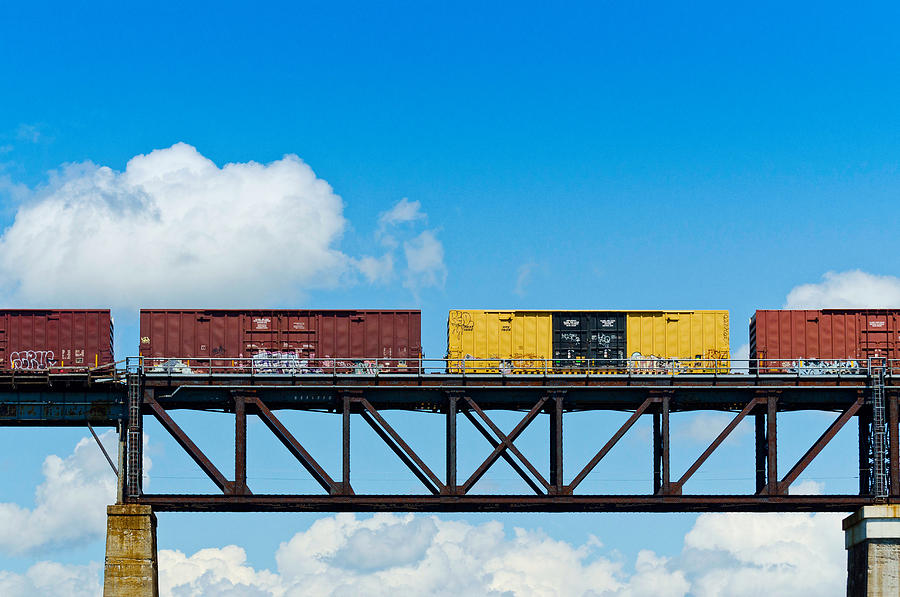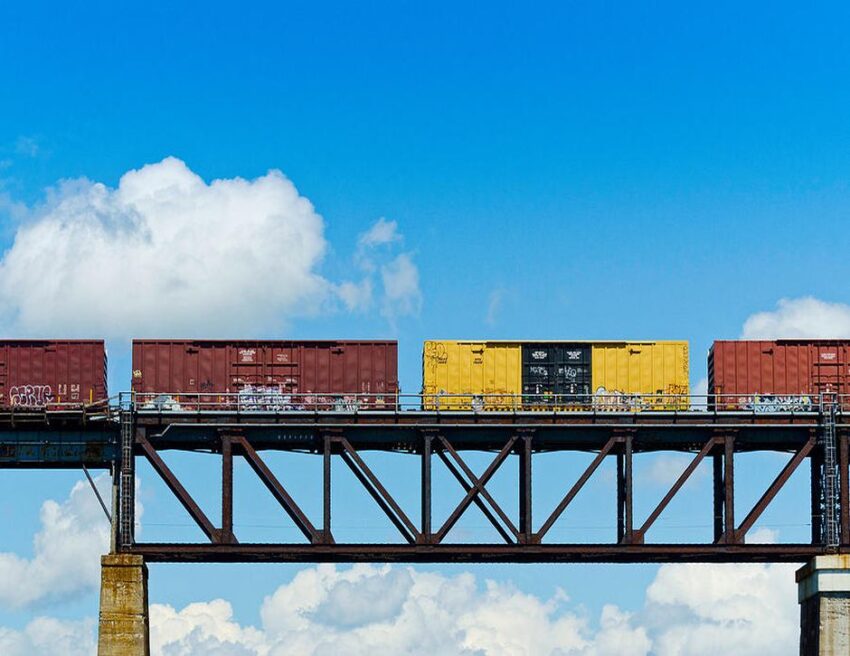India, one of the fastest developing economies in South Asia, is ramping up its logistical infrastructure. The Indian government has launched an ambitious rail freight project that is helping the country to make a massive freight transport transition from highways to railways. Moreover, the Rail Logistics project of the government is also acting as an incentive for more private sector investments in the rail freight sector. Apart from making inland cargo transportation more efficient, the reinvigorated rail freight sector in India is also allowing for better sustainability by lowering the emission of tonnes of greenhouse gases. In today’s blog, we are going to take a look at the fast-developing rail freight industry in India and how it is boosting the transportation and logistics sector in the country.

The modernization of India’s rail freight infrastructure
The transportation and logistics industry in India where almost 22 million people are employed amounts to around 5% of the net GDP. Presently, roadways command a larger share of inland freight transportation in India but the government has taken several important steps to bring about a change in the scenario. India has received a loan of 245 million USD from the World Bank for modernizing its rail freight infrastructure. The new project will also be of advantage to the passenger trains in India since the rail lines will be decongested with freight trains moving along dedicated lines. To quote Hideki Mori, Operations Manager and Acting Country Director, India, World Bank, “Integrating railways with the wider logistics ecosystem is also key to reducing India’s high logistics costs, which are much higher than in developed nations. This will make Indian firms more competitive.”
The scope of the Rail Logistics project
India has the fourth largest network of railways in the globe. Nevertheless, a whopping 71% of inland cargo transportation in the country happens via trucking. Apart from being time-consuming, road freight is also a contributing factor to greenhouse gas emissions and makes up for nearly 95% of the net carbon emission from the freight transport sector in the country. Trains are responsible for just a fifth of the CO2 emissions of trucks. Therefore, the restructuring of the rail freight industry will allow India to keep up with its promise of becoming a zero-carbon emitter within the next 10 years. The move to rail freight will help to eliminate the emission of 7.5 million tonnes of carbon dioxide and other greenhouse gases. The massive investment in rail freight infrastructure will improve the speed, reliability, and sustainability of the cargo.
How the authorities are reinforcing the rail freight
The government of India is taking several important steps to increase the share of rail freight. To begin with, they have increased the length of the freight trains raised axle loads, and improved the speed of the locomotives. This is helping to enhance the existing rail freight network. Moreover, the massive investment in the creation of the dedicated freight corridor is the most important step towards increasing the efficiency of this sector. Additionally, modal integration across, rail, road, and sea freight and the investments for better train-port-road integration are also important factors that are reinforcing the Indian rail freight industry. Lastly, the robust private sector investments and the government-private partnership for project financing are being seen as significant steps in this regard.
The creation of dedicated freight corridors
The government of India is investing in the creation of dedicated freight corridors that would allow the freight trains to run to exclusive tracks without having to wait for the passenger trains to pass. The dedicated freight corridors will eventually lower the cost of moving cargo by making use of electricity-powered trains with greater capacity. The electricity-powered locomotives will also substantially reduce the environmental impact of the logistics sector.
Indian Railways is planning to transform 10,000 km of rail lines into high-speed dedicated freight corridors. This project involves a total investment of $320 billion USD. Currently, there are plans for five dedicated freight corridors, some of which are already in operation while some are still in the planning stage.
Western Dedicated Freight Corridor is already partly operational and has a length of 1504 Km. Its start point is Dadri and the end point is the Port of Nava Sheva. The Eastern DFC which has a length of 1873 Km has also begun its operations. This corridor runs from Ludhiana and terminates in Dankuni. Additionally, in the last union budget of 2021-2022, the government announced the creation of three more dedicated freight corridors- The East-West DFC, the North-South DFC, and the East Coast DFC. The Indian government has also proposed the construction of a Southern DFC that will run from Goa to Chennai.


